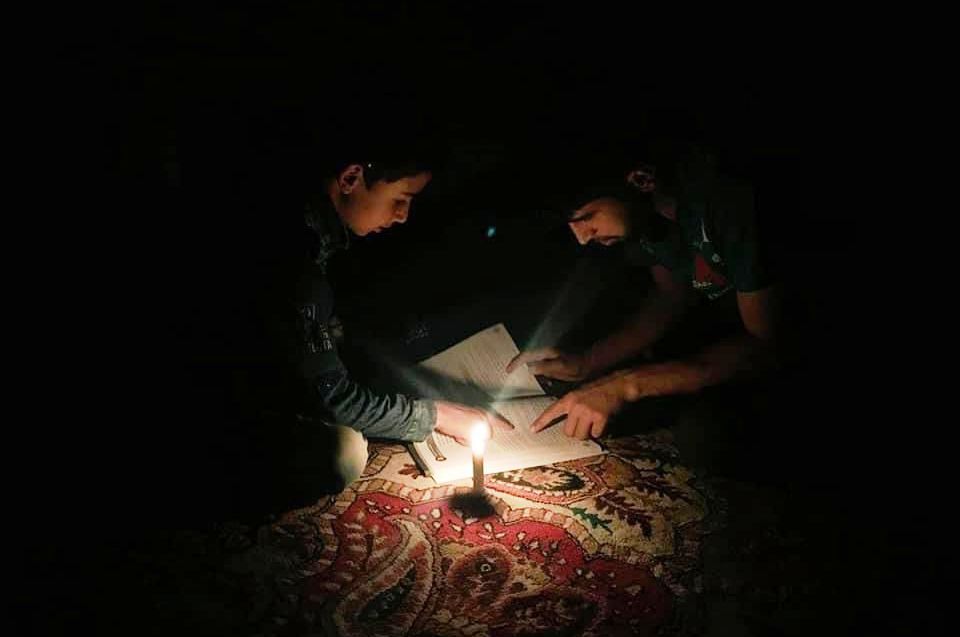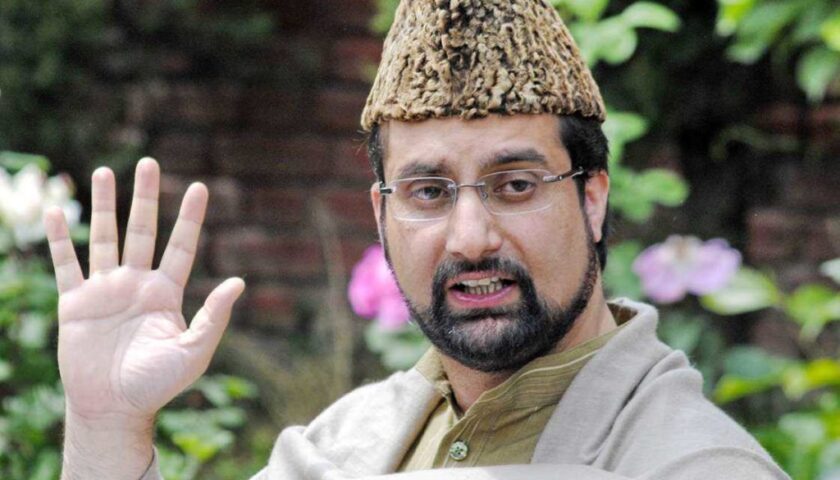Unplugged Paradise: Fixing J&K’s Electricity Woes for a Sustainable Future
By: Javid Amin
Kashmir, a crown jewel of India, is renowned for its breathtaking landscapes, rich cultural heritage, and resilient people. Yet, beneath the picturesque facade lies a persistent challenge that casts a shadow over daily life: an unreliable electricity supply. This summer, much like the ones before, residents across the region are enduring a frustrating saga of power cuts, despite significant hikes in electricity tariffs over the past decade.
A Tale of Two Seasons: Broken Promises and Rising Frustration
Winters in Jammu and Kashmir bring their own set of challenges, but a glimmer of hope usually flickers with the arrival of summer. Traditionally, the warmer months witnessed a decrease in power outages, allowing residents a reprieve. This year, however, that hope has been ruthlessly extinguished. Many areas are experiencing daily load shedding, with blackouts lasting anywhere from 5 to 10 hours. This disruption throws a wrench into daily routines, impacting everything from household chores and business operations to education and leisure activities.
The frustration is palpable. Take Mr. Rashid, a shopkeeper in Srinagar, for instance. “Every summer, we brace ourselves for power cuts, but this year feels particularly unbearable,” he says. “Just when we thought things might improve, the situation seems to be worsening. Running my shop in this heat without proper electricity is a constant struggle. It not only affects my business but also spoils perishable goods.”
Mr. Rashid’s sentiment is echoed by countless residents across Jammu and Kashmir. The irony, as many point out, is that electricity bills have seen a staggering increase of 100% over the past ten years. This significant hike was supposed to pave the way for improvements in infrastructure and service delivery. Instead, residents feel they’ve been dealt a double blow – higher bills coupled with a deteriorating power supply.
A Glimmer of Hope Extinguished: The Smart City Conundrum
The power crisis in Jammu and Kashmir raises a critical question about the government’s priorities. In recent years, there has been a strong push towards developing smart cities in the region. These ambitious projects aim to leverage technology to create more efficient and sustainable urban environments. However, many residents believe that focusing on the foundation – a reliable and affordable electricity supply – would be a far more impactful use of resources.
“Imagine a ‘smart city’ with flickering lights and erratic power cuts,” says Ms. Bhat, a young professional in Jammu. “It’s simply nonsensical. How can we talk about smart solutions when we haven’t even addressed the fundamental issue of a stable power supply? Reliable electricity is the backbone of any thriving city, smart or otherwise.”
Ms. Bhat’s point resonates with many. The logic is undeniable – a city cannot be considered truly smart if its residents lack a basic necessity like reliable electricity.
Beyond Demand and Deficit: A Multifaceted Crisis
The Kashmir Power Development Corporation Limited (KPDCL) acknowledges the current power deficit and attributes it to a surge in demand that outstrips current generation capacity. This explanation, however, doesn’t paint the whole picture. Residents suspect that other factors, such as rampant electricity theft and inefficient transmission infrastructure, are also contributing to the problem.
Electricity theft, unfortunately, is a persistent issue in Jammu and Kashmir. Unauthorised connections and meter tampering lead to significant losses for the power distribution companies. These losses, in turn, reduce the resources available for investing in infrastructure upgrades and purchasing additional power.
The state of the transmission infrastructure is another cause for concern. Outdated and poorly maintained power lines result in significant transmission losses. This means that even the electricity that is generated doesn’t reach consumers efficiently, further exacerbating the power deficit.
A Call to Action: Illuminating the Path Forward
The power crisis in Jammu and Kashmir demands a multifaceted solution. Here are some key areas that require immediate attention:
- Investing in Power Generation: The government needs to explore a mix of renewable and traditional energy sources to increase power generation capacity. Hydroelectric power, a natural advantage for the region, should be prioritized alongside exploring solar and wind energy options.
- Tackling Electricity Theft: A multi-pronged approach is needed to curb electricity theft. This could include public awareness campaigns, stricter enforcement measures, and the adoption of smart metering technologies.
- Upgrading Transmission Infrastructure: Modernizing the power grid is crucial for minimizing transmission losses and ensuring efficient power delivery. This includes investing in new lines, transformers, and substations.
- Promoting Energy Efficiency: Educating consumers about energy conservation measures, such as using LED lights and energy-efficient appliances, can help reduce overall demand.
A Brighter Future: Lighting the Way for Progress
The people of Jammu and Kashmir are known for their resilience. They have endured hardships before, and they will undoubtedly weather this storm as well. However, a sustainable solution to the power crisis is essential to unlock the region’s true potential.
Beyond Infrastructure: Empowering Local Communities Investing in infrastructure is crucial, but it’s not the sole answer. Empowering local communities can play a vital role in finding long-term solutions. Here’s how:
- Community Participation: Engaging local communities in decision-making processes related to power generation and distribution can foster a sense of ownership and encourage responsible energy consumption practices.
- Microgrids and Decentralized Power: Exploring the feasibility of microgrids powered by renewable energy sources in remote areas can provide a degree of autonomy and reduce dependence on the centralized grid.
- Skills Development: Investing in training programs for electricians, linemen, and technicians can create local employment opportunities and ensure a skilled workforce for maintaining and upgrading the power infrastructure.
A Collaborative Effort: Stakeholders Working Together The power crisis in Jammu and Kashmir requires a collaborative effort from various stakeholders. Here’s how different entities can contribute:
- Government: The government needs to take a leadership role by providing clear policy direction, allocating adequate resources, and streamlining regulatory processes.
- Power Distribution Companies (DISCOMs): DISCOMs need to focus on improving operational efficiency, reducing losses, and investing in infrastructure upgrades.
- Private Sector: The private sector can play a crucial role by investing in renewable energy projects and partnering with the government on infrastructure development initiatives.
- Civil Society Organizations (CSOs): CSOs can play a vital role in raising awareness about the power crisis, advocating for policy changes, and promoting energy conservation practices within communities.
A Beacon of Hope: Harnessing the Power of Innovation Technology can be a powerful tool in addressing the power crisis. Here are some innovative solutions that hold promise:
- Smart Grid Technologies: Implementing smart grid technologies can enable real-time monitoring of electricity consumption, facilitate efficient power distribution, and identify areas with high transmission losses.
- Demand Response Programs: Introducing demand response programs can incentivize consumers to shift their electricity usage to off-peak hours, thereby reducing peak demand and strain on the grid.
- Blockchain Technology: Blockchain technology has the potential to improve transparency and accountability in the power sector, potentially reducing electricity theft and improving billing processes.
The Road Ahead: A Brighter Future for Jammu and Kashmir The power crisis in Jammu and Kashmir is a complex challenge, but it is not insurmountable. By implementing a combination of the solutions outlined above, the government, stakeholders, and the people of Jammu and Kashmir can work together to illuminate the path towards a brighter future.
A Brighter Future for All: Beyond Electricity, Empowering Lives Access to reliable electricity is not just about powering homes and businesses; it’s about empowering lives. It unlocks opportunities for education, healthcare, economic development, and overall improvement in the quality of life. By addressing the power crisis, Jammu and Kashmir can not only ensure a more comfortable existence for its residents but also pave the way for a more prosperous and sustainable future.
A Call to Action: Lighting the Spark of Change The story of Jammu and Kashmir’s power struggle is not just about darkness; it’s also about the unwavering spirit of its people. Their resilience and determination are a source of inspiration. By working together and harnessing the power of innovation, the people of Jammu and Kashmir can transform this challenge into an opportunity to build a brighter future, not just for themselves but for generations to come.




